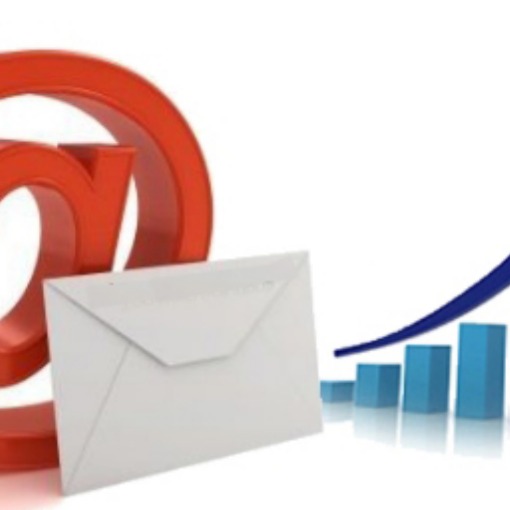Albert Einstein typified as a sign of madness “doing the same thing again and again while expecting a different result.”
Does that describe your online marketing plan for 2016? Complete the same tasks as 2015 but with the hope of some other result?
This article will seed some ideas to ensure this doesn’t happen to you. But as we all know it’s very easy to slip back into old ways. The “same” can be so much more comfortable than the “new”. I experienced this earlier in the new year when starting a new training plan for my running.
Late last year, for some deranged reason, I signed up for a trail running event in May that has me double my existing max distance in some remote parts of the North Island. I began the plan doing what I had always done before, but with a bit more distance to spice things up. Very early on, my knees made it known that this wasn’t going to work. More of the same wasn’t an option.
Not wanting to give up too soon I happened across a podcast from a guy who helps middle-aged souls like me achieve running goals just like this. First task he sets me is to strap on a heart rate monitor with an alarm set for 180 minus my age. It was a low number.
Within five minutes of my first run this annoying thing starts beeping away. I was still running on the flat. I kept running, thinking it was an error. But no – more beeping and I’m forced to walk until it settles down. I end up walking about 30% of my running course. I had been running much too fast.
Apparently, the path to running long is building a sizable aerobic base. This occurs at a much lower heart rate than I was training at. Ends up there was no way my body could have built the base the way I was training – no matter how hard I tried. I had to slow down to eventually go long.
This translates well to the land of online marketing. There are many tasks that with even 1000% effort will never achieve the result you want if what you’re already doing isn’t effective. Let me outline a few examples in the four areas of online marketing that we optimise – Acquisition, Engagement, Interaction and Conversion.
Acquisition – increasing the number of visitors to your website.
Let’s start with Google and, specifically, being seen by more people for what you do rather than who you are. Fortunately, how much advertising you buy from Google will have no influence on how they rank your website in non-advertised space.
Adding more images to your website has little to no effect here either. Nor does running keyword ranking reports every month to see where your site ranks for certain keywords compared to your competitors.
The only way to reliably improve your ranking is by updating your website with new content in the areas in which you want to improve your rankings, and that Google can find and index.
Simple as that.
Find the keywords you are not ranking for, write good content on them, and you are well on the way to seeing a positive change.
Engagement – reducing your bounce rate, increasing pages per session, lengthening overall vist times.
Here the issue can be a lack of focus. Engagement is not about improving the content on every page of your website. It’s about improving it on just the ones that are super important.
The first page people see sets the tone of the session. Your Google Analytics reports will show these as your “Landing Pages”. Work on reducing their bounce rate as a priority. If you cannot entice your visitors to look at one additional page then all engagement bets are off.
Let’s say, for instance, you invest hours updating the images of your product catalogue. Unless visitors make it past your home page (assuming that’s their initial landing page) then you’re wasting your time. Spend the effort instead on your home page first.
Interaction – taking visitors one step closer to conversion.
If you sell services, interactive content can be a critical. Examples include free eBook downloads, registrations for free audits, online calculators and product demonstrations.
Our own website has a Free Stuff section that IMHO shows how it’s done. Each freebie moves prospects closer to the sale. A common mistake is plastering the website with phone numbers and contact forms, hoping this will drive up the conversion rate of the site – when in fact a lack of interactive content is holding things back.
Conversion – convincing the visitor to become a lead or to purchase a product.
Last but not least is the bit that makes all your work worthwhile – the conversion. Quote requests, contact us completions, booking requests, orders – all those fantastic notification emails that we just love to see arrive.
You can waste time here by jumping straight into fixing up the Conversion parts of your site, while avoiding any work in the Engagement and Interaction areas. Yet we rarely see websites with amazing conversion rates that do poorly with engagement. Or, similarly, with no Interaction content but a steady stream of leads. Work spent in these two areas first naturally leads to growth in conversion activity later.
I’m not saying that following my advice will make your life easier. My runs – even at a much lower heart rate – are still a challenge. But at least I know the effort is in the right direction, and with time the results should come. Follow the points in this article and the same will apply to your online marketing for 2016.
If you would like a more customised approach to your situation for 2016, complete our Contact Us page and we will be in touch.

